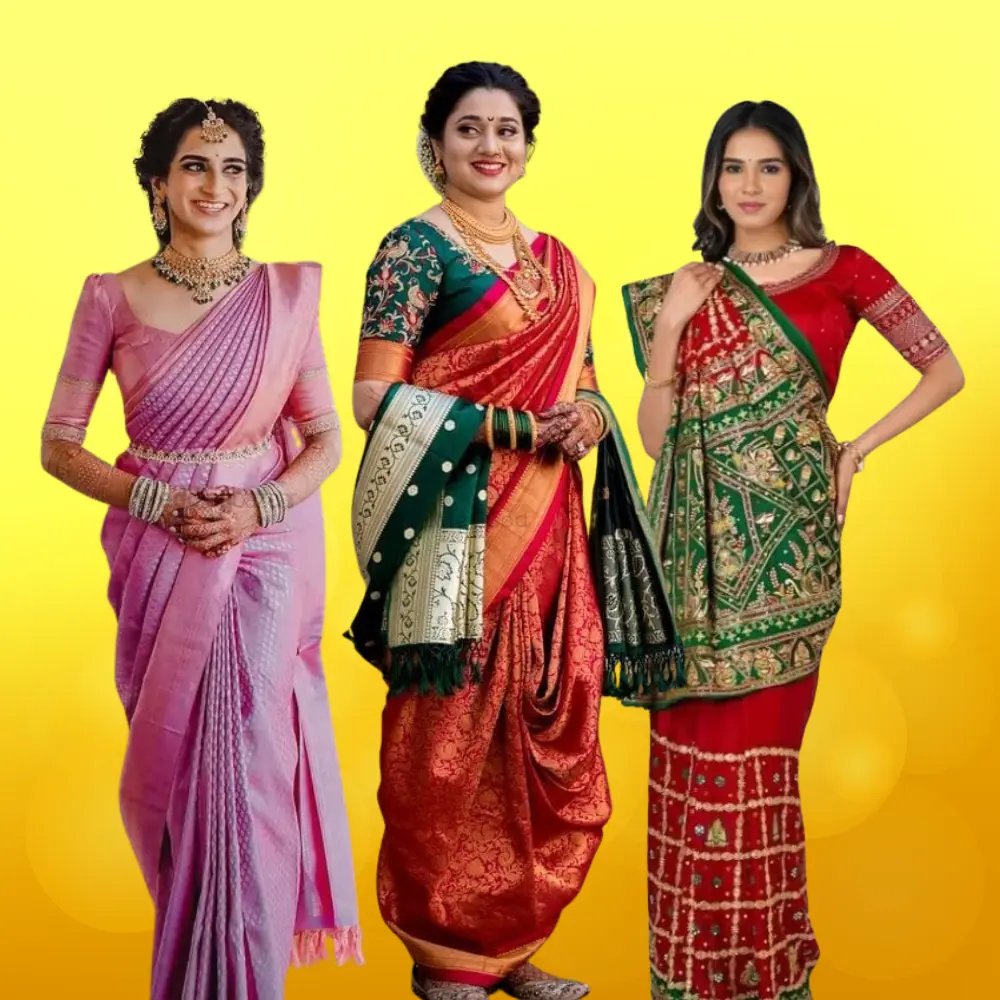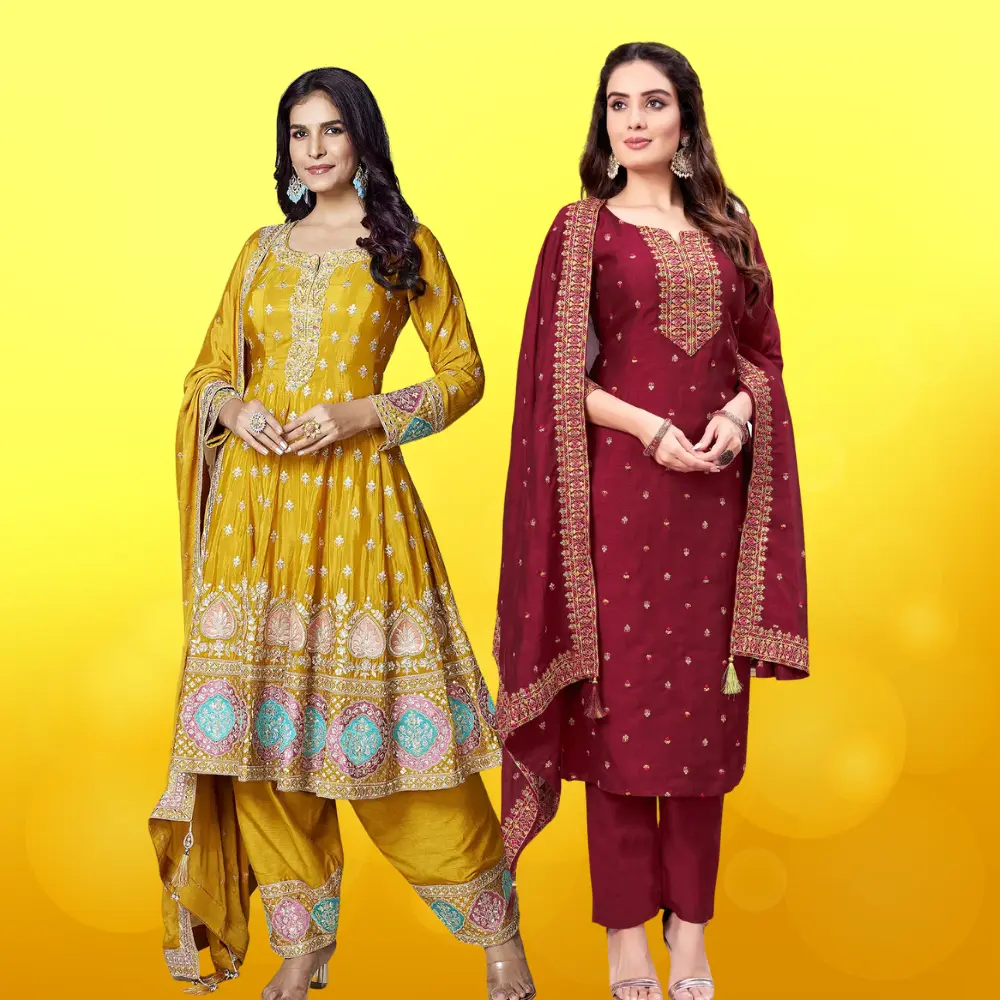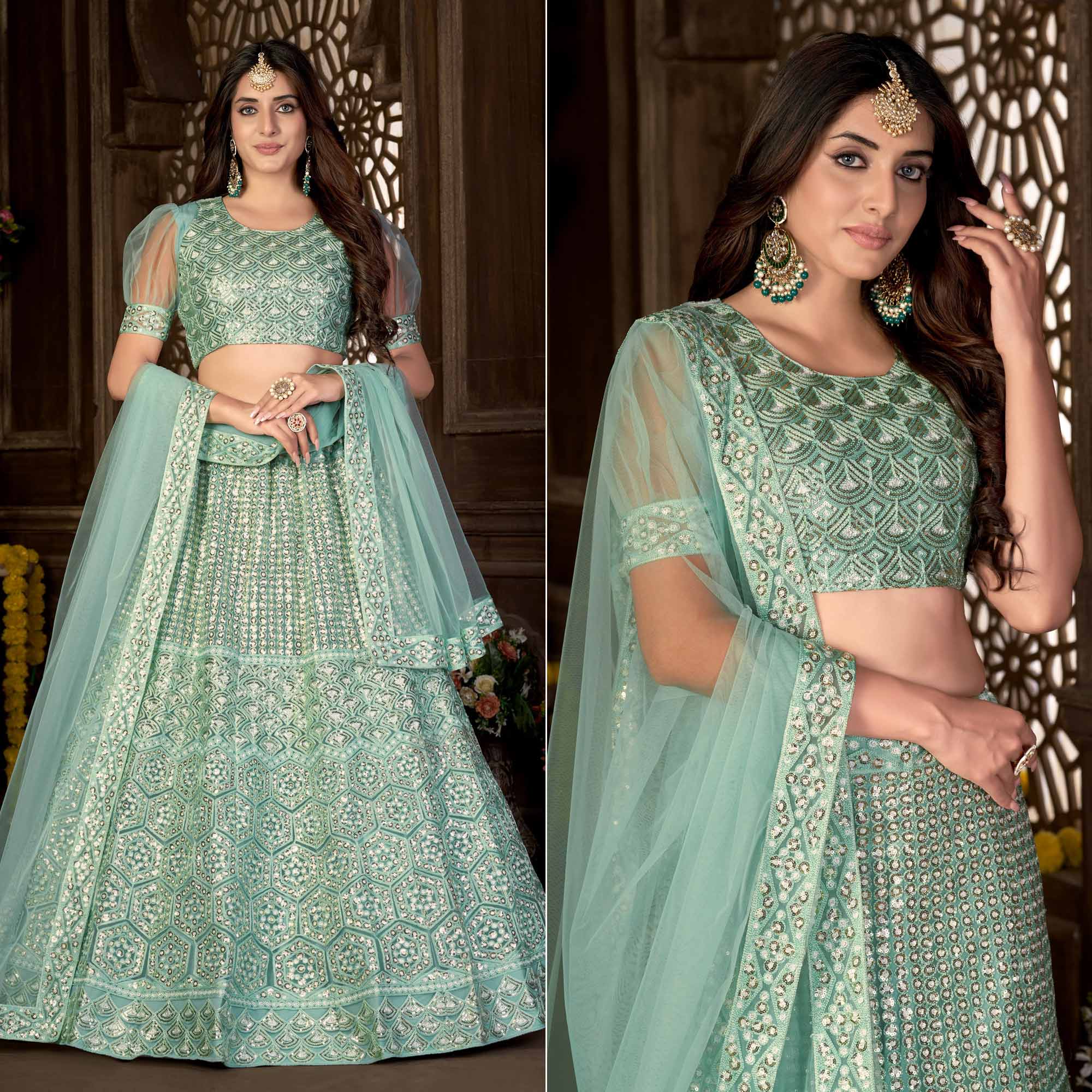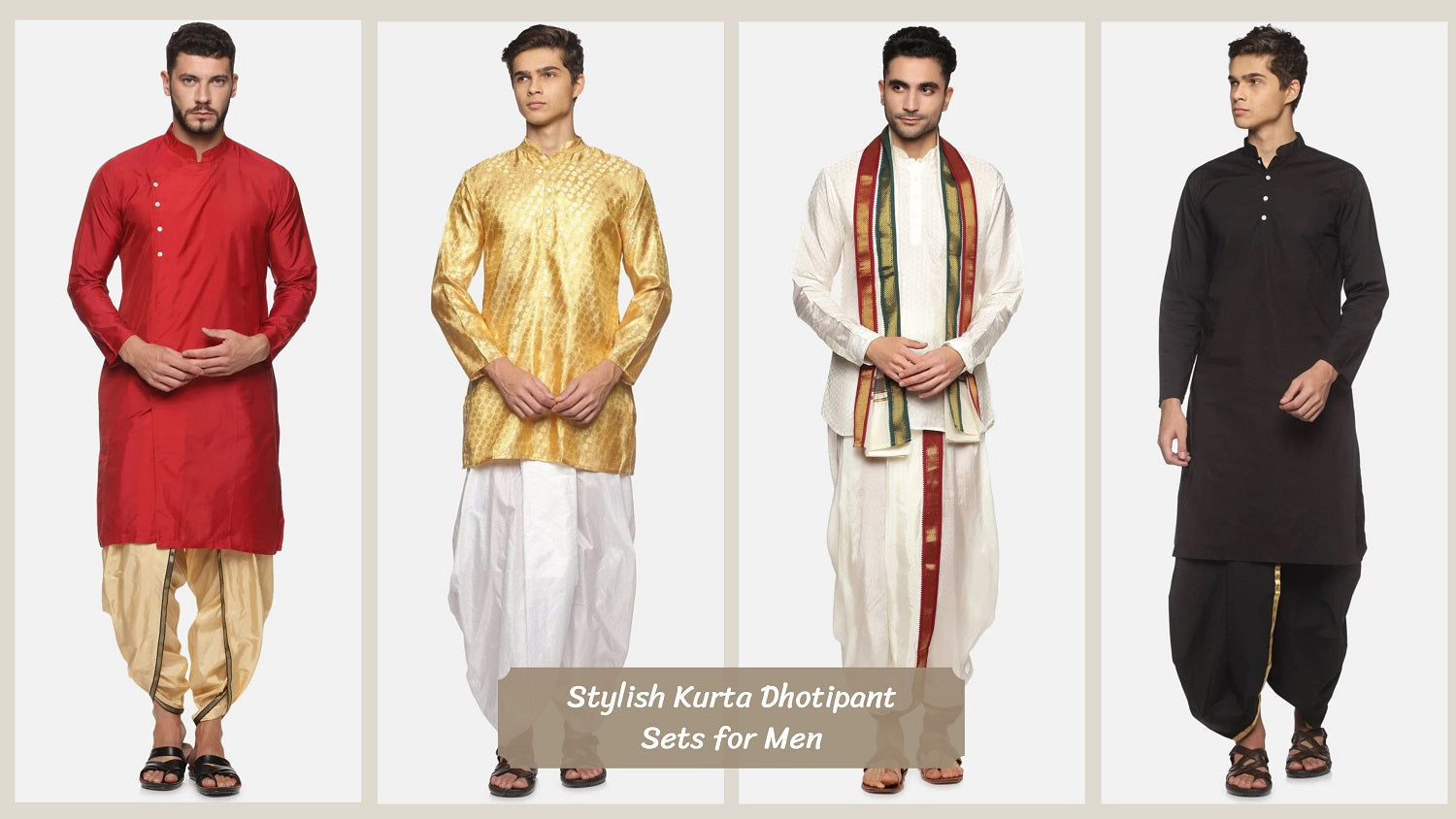From fit and fabric to formality, discover how to find the best white shirt for men that suits both the Dubai climate an...
The Cultural Significance of Indian Clothing in the UAE
Indian clothing is a vibrant expression of a rich cultural heritage and diverse traditions. More than just fabric and fashion, each garment tells a story, woven with threads of history, symbolism, and artistry. From the elegant drape of a saree to the regal silhouette of a sherwani, Indian attire reflects the values, beliefs, and social customs of its people. This blog post delves into the cultural significance of Indian clothing, with a special focus on its presence and impact in the UAE.
The Saree: A Symbol of Grace and Femininity
The saree, a six to nine-yard wonder, holds a prominent place in Indian culture. It's more than just an outfit; it's an embodiment of grace, elegance, and femininity. The way a saree is draped varies across regions, reflecting the diversity of India's cultural landscape. The saree's timeless appeal has made it a staple for both everyday wear and special occasions, with modern adaptations ensuring its continued relevance in contemporary fashion.

For a deeper dive into saree styles and draping techniques, check out our blog post on "[The Timeless Elegance of Indian Sarees: A Guide to Styles and Drapes](insert blog post link here)."
Salwar Kameez: Comfort and Versatility
The salwar kameez, a comfortable and versatile ensemble, is a popular choice for women across India and the UAE. It consists of a long tunic (kameez) paired with loose-fitting trousers (salwar) and a dupatta (scarf). The salwar kameez can be styled for both casual and formal occasions, with variations in fabric, embroidery, and design reflecting regional and cultural influences.

Lehenga Choli: Celebrating Festivity and Tradition
The lehenga choli, a traditional three-piece outfit, is a symbol of festivity and celebration. It comprises a long skirt (lehenga), a blouse (choli), and a dupatta. Often adorned with intricate embroidery, embellishments, and vibrant colors, the lehenga choli is a popular choice for weddings and festivals.

Dhoti: Simplicity and Humility
The dhoti, a traditional garment for men, is a symbol of simplicity and humility. It's a rectangular piece of unstitched cloth draped around the waist and legs. Dhotis are typically made of cotton or silk and are worn for both everyday wear and special occasions.

Sherwani: Regal Elegance and Masculinity
The sherwani, a long coat-like garment, is a symbol of regal elegance and masculinity. It's often worn by men for weddings, festivals, and formal occasions. Sherwanis are typically made of silk or other luxurious fabrics and are often embellished with intricate embroidery and designs.

Colors and Symbolism in Indian Clothing
Colors play a significant role in Indian clothing, with each hue carrying symbolic meaning. Red, for instance, is associated with marriage, joy, and prosperity. White symbolizes purity and peace, while yellow represents knowledge and learning. Green is associated with new beginnings and fertility, while blue represents strength and power.
Regional Variations and Cultural Identity
India's diverse regions boast a rich tapestry of clothing styles, each with its unique characteristics and cultural significance. For example, in the southern state of Tamil Nadu, the Kanjeevaram saree is a symbol of tradition and grandeur, while in the western state of Gujarat, women wear the colorful and ornate lehenga choli . In the UAE, Indian clothing serves as a powerful symbol of cultural identity for the South Asian diaspora, allowing them to connect with their roots and express their heritage in a cosmopolitan setting .
Modern Adaptations and Fusion Wear
While traditional Indian clothing remains deeply rooted in culture, it has also evolved with the times . Modern adaptations and fusion wear, which blend Indian and Western styles, are gaining popularity, offering greater versatility and individual expression . This fusion is particularly relevant in the UAE, where fashion-conscious individuals seek to incorporate traditional elements into contemporary wardrobes .
Preserving Heritage Through Sustainable Fashion
In recent years, there has been a growing emphasis on sustainable fashion in India and the UAE. Designers are increasingly focusing on eco-friendly materials, ethical production practices, and promoting local artisans. This trend reflects a growing awareness of environmental issues and a desire to preserve traditional craftsmanship.
Conclusion
Indian clothing is a vibrant celebration of culture, tradition, and artistry. Each garment tells a story, reflecting the diverse heritage of India and its people. In the UAE, Indian clothing has found a special place, serving as a symbol of cultural identity and unity. By understanding the cultural significance of Indian clothing, we can appreciate the beauty and diversity of this timeless tradition and its enduring relevance in a globalized world.
Share:




